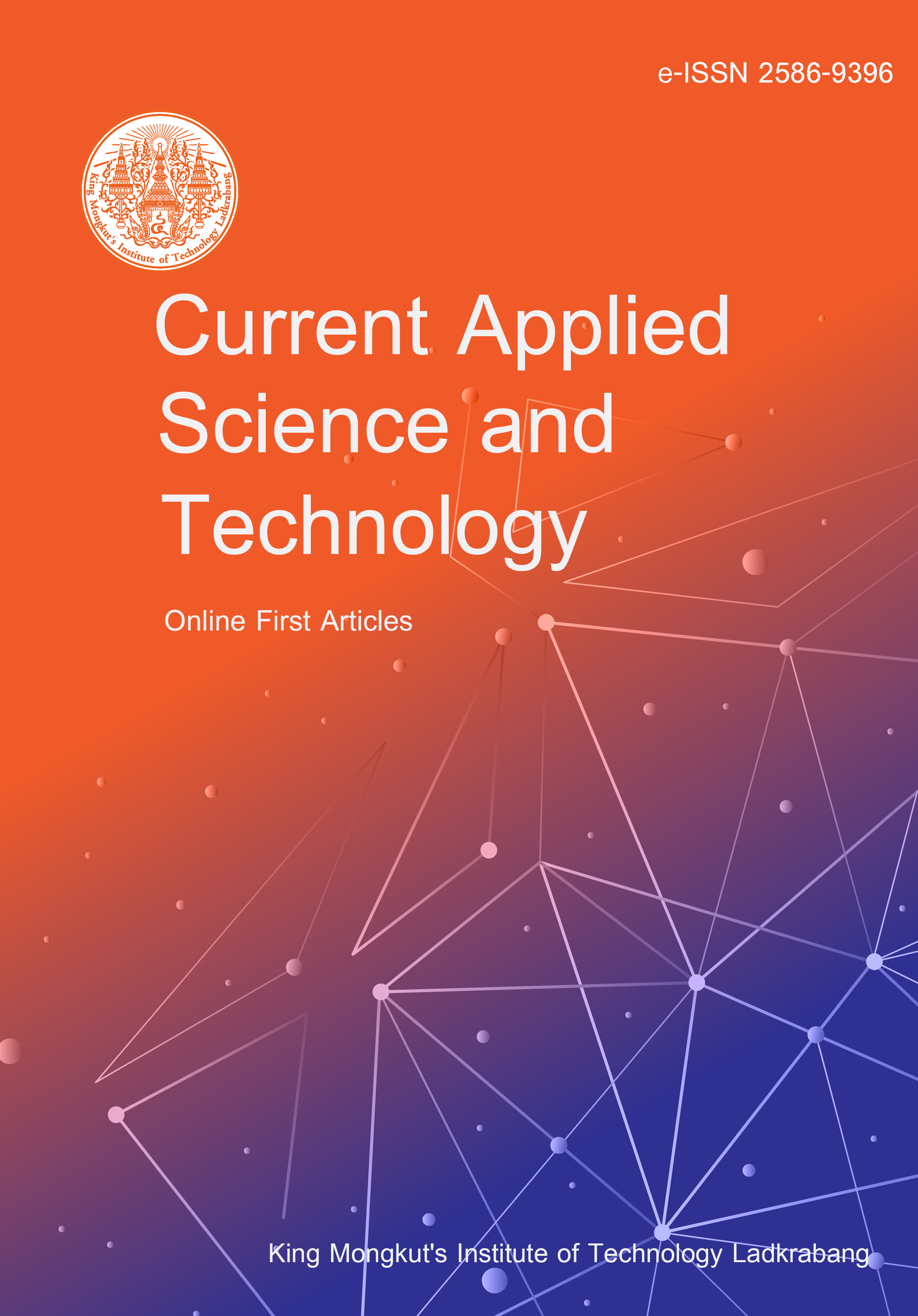One of the animal by-products that includes most inorganic compounds, specifically calcium and phosphorus, is cattle bone. In this study, the possible use of HAPt derived from cattle bone waste to counter tooth demineralization was assessed. A 5x5 unidirectional pattern and a completely randomized design were used in the experimental design of the investigation. Five different types of soaking material treatments were used: S0 = acetate buffer (AB) (control); S1 = AB+NaF 10 mg/L (w/v); S2 = AB+HAPt 25 mg/L (w/v); S3 = AB+HAPt 50 mg/L (w/v); and S4 = AB+HAPt 100 mg/L (w/v). The following periods were observed: 3, 6, 9, 24, and 48 h. The findings demonstrated that the percentage of tooth mass loss during the soaking process was significantly (p<0.01) impacted by variations in the kind of material and HAPt level. Compared to other treatments, HAPt at 50 and 100 mg/L had the best ability to slow down the rate at which teeth were demineralizing. The tooth wall segment was considerably protected from fracture during the demineralization process in AB solution pH 5, 1 M, by the application of HAPt from cattle bone at 100 mg/L. The study's overall findings demonstrated that HAPt, which is made from cattle bone waste from the foreleg (Os metacarpus), may be used in dental treatment to slow down the rate of tooth demineralization.
Said, M. I. ., Yuliati, F. N. ., Gani, A. ., & Taba, P. . (2025). Study of the Potential Application of Hydroxyapatite (HAPt) from Cattle Bone in the Tooth Demineralization Process. CURRENT APPLIED SCIENCE AND TECHNOLOGY, e0264862. https://doi.org/10.55003/cast.2025.264862

